Sligoville is a town established in 1835 as the first free village in Jamaica. Located in the northwestern part of St. Catherine, it takes it name from Howe Browne’s rank of 2nd Marquess of Sligo. He is said to have been pro-Africans getting their freedom in Jamaica. Sligo constantly argued with his peers in the House Assembly to end the apprentice system. In the field, Sligoville is the test run of the Free Villages System.
GROUNDWORK OF SLIGOVILLE
Plantation owners planned to not sell land to freed slaves and let them rent lodging on their property. They wanted to keep the apprentice system going as long as possible even if it would be ending in 1840. Black people found a way around this and had the Quaker purchase the land for them. Upon emancipation, the Black Jamaicans set able settling the town.
Jamaican religious leaders would purchase more land in Sligoville for settlement. The land is purchased by former slaves rapidly with the intent of establishing schools, churches, and housing in time for Emancipation. Heading up the civic layout and purchasing of land was Reverend James Phillipo.
On the political side of things, Sligo was dealing with peers in the House Assembly. Unable to deal with the constant bickering, Sligo stepped down from his position and returned to Ireland in 1836.
Reverend Phillipo relayed details of the apprenticeship system to Sligo who relayed them to the House of Lords. As a result, Emancipation accelerates two years on August 1, 1838. The result is a population bump with freed Blacks heading into villages. Sligoville is a success and soon several other Free Villages pop up. The town is still around today.
Source
–http://jamaica-gleaner.com/article/lead-stories/20140816/sligoville-jamaicas-first-free-village-established-prepare
–http://www.markdgljmci.com.jm/sligoville.shtml





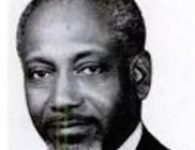
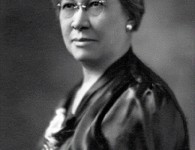
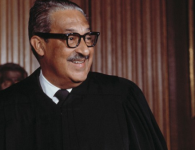
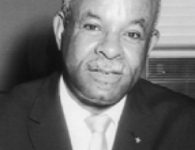
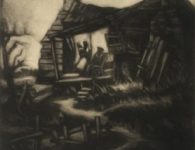
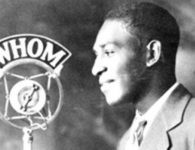

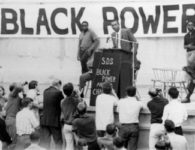
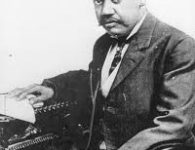







1 Comment
Nice article